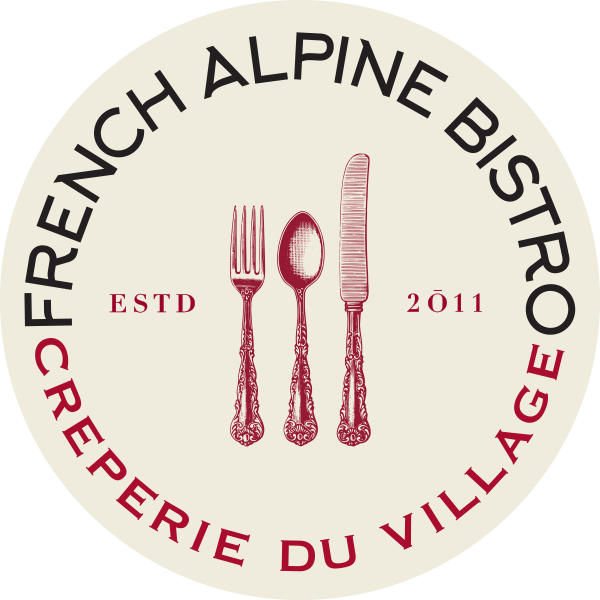The Hills are Alive with More Than Just the Sound of Music
Austrian Wines
Here’s a quick game for you - it’s a word association one. Ask people what they think of when they hear the word: wine. More than likely, it’s not Austria. Yet, first the Celts, followed by the Romans, and then, much later, Charlemange and his lot - have all been proven to have cultivated grapes in Austria. According to author Philipp Blom, in his book, The Wines of Austria, “There is a paradox at the heart of Austrian wine culture: it is arguably both one of the oldest in Europe and one of the youngest in the world.”
While there’s plenty of historical proof that this complex country has produced its share of notable wines, such as the Gruener Veltliner, it wasn’t until the last 30 years or so that international connoisseurs have stopped to take notice of both the many excellent red and white wines. Often produced in small quantities, they can be a challenge to come by. However, at the French Alpine Bistro - Creperie du Village, we proudly feature three of these stars of the Central European stage.
The first two are from the Wachau region, where the vineyards are planted on hills overlooking the Danube River. Try humming the “Blue Danube”, while you sample a glass of the “Smaragd” wine, which is produced from a more herbal Riesling grape variety. Or, you could opt for a bottle of the organic “Blessing from God” (Vergelt’s Gott). Made from the Gruener Veltliner grape, this “Grü-ve”, as it’s affectionately come to be known in the United States, is, according to our in-house sommeliers, Ryan Noakes & Katie Bedel, “A lively and crisp wine with citrus aromas, complemented by hints of minerality and white pepper”. Either way, your palate will approve.
If it’s more a red wine you’re after, then the “Salzberg”, a combination of Blaufränkisch (Charlemange - a Frank - called the grape-name shots then) and Merlot grapes, is from Austria’s youngest state: Burgenland. A flatter area compared to much of Austria, it does boast 300 days of sunshine a year. This generous amount of sun contributes to this lovely, biodynamic wine being described by Noakes and Bedel as having a, “....light-medium body, vibrant acidity with tannic aromas of spiced black cherries.” In other words: delicious.


